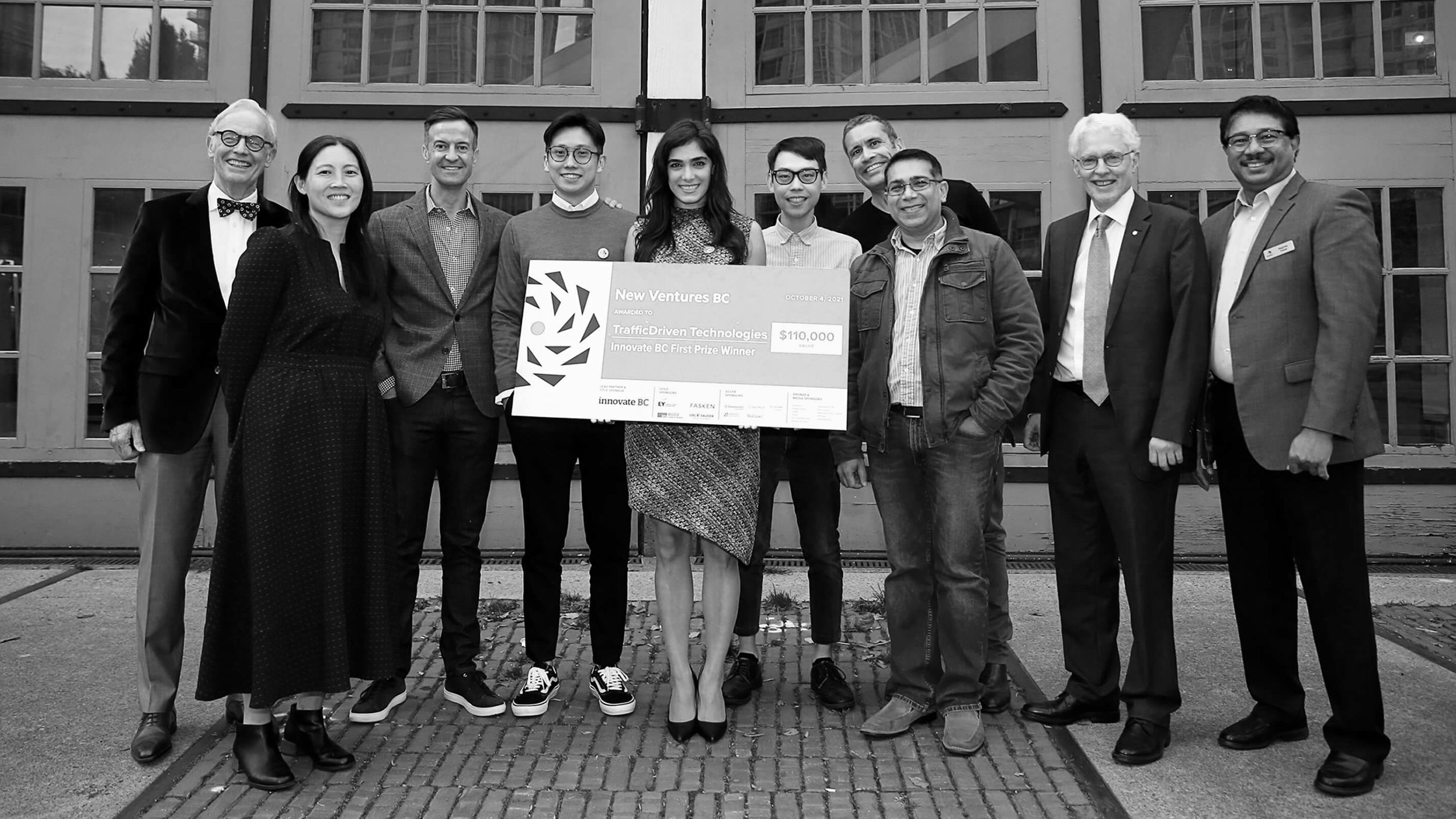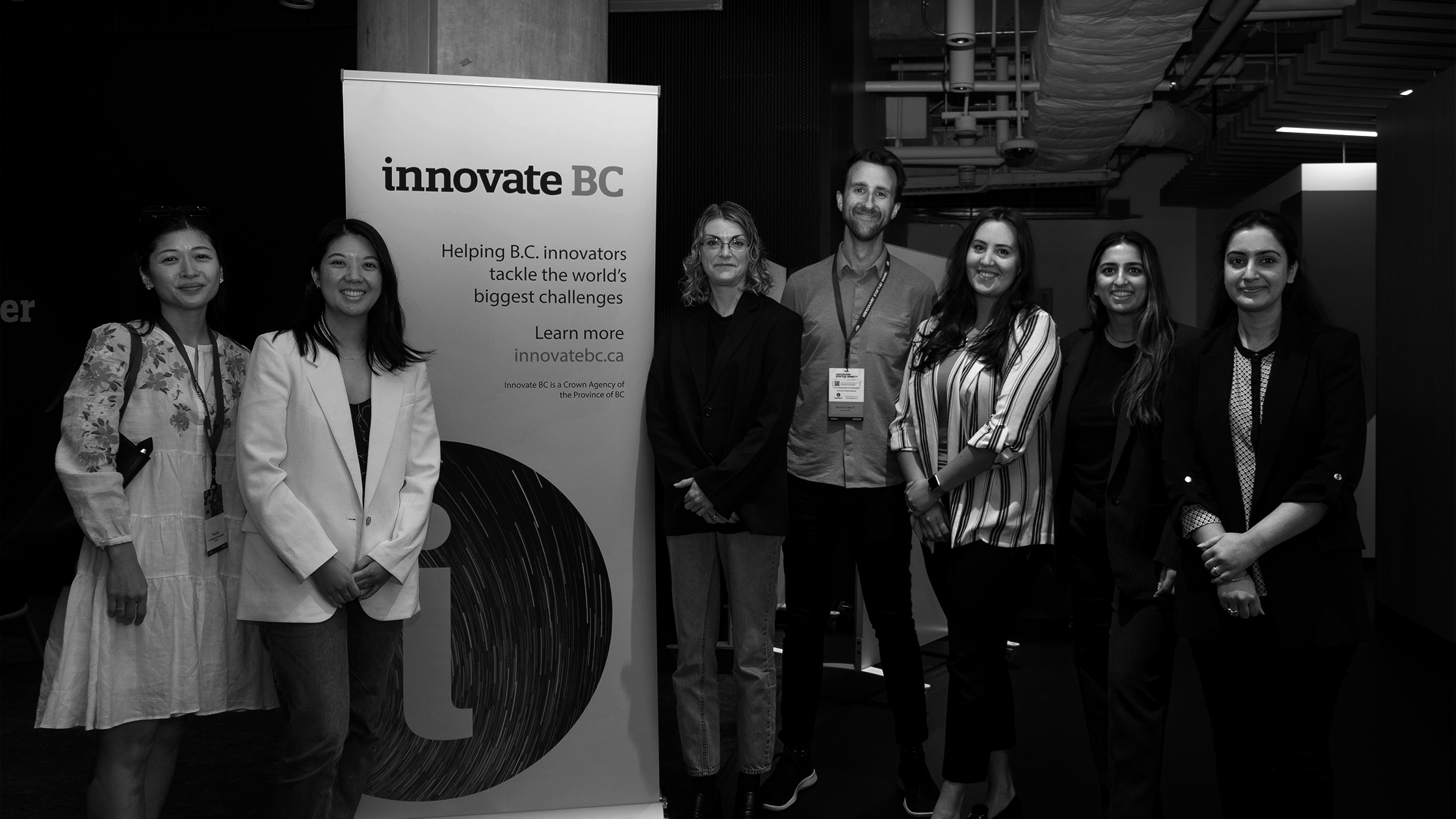Inclusive Hiring Practices: the what, the why and the how
You’ve probably heard that men will apply for a job when they meet 60% of the qualifications, but women will only apply when they meet them 100%. The usual explanation for this is that women lack confidence. But this study in the Harvard Business Review found this to be untrue.
After asking 1,000 men and women why they didn’t apply for a job where they didn’t meet all the qualifications, it was found that what held them back was not a mistaken perception about themselves, but a mistaken perception about the hiring process. Essentially, it didn’t seem inclusive.
Just think about all the great talent that companies have missed out on simply because of how they write their job descriptions. Let’s expand this scenario to consider the experience of other under-represented groups. Is your company actively seeking to understand what invisible barriers exist and how to tear them down? Do you talk about diversity and inclusion on a regular basis at your work?
If not, let’s talk about inclusive hiring practices:
- What it means
- Why it’s important
- How it gets implemented
What does it mean to be an inclusive employer?
An inclusive employer ensures that people across all genders, ethnicities, ages, races, socioeconomic backgrounds, abilities, and sexual orientations have the same opportunity to apply and be considered for a position at their company. But it’s more than that. Inclusive hiring also means connecting with, interviewing, and hiring a diverse range of individuals because you understand the value of different points of view.
The issue is that bias – even if unconscious – prevents inclusive hiring from happening naturally. So, it must be an active practice. An inclusive employer has programs in place for their recruiters (or whoever is hiring) to encourage more diverse hires. This can look like altering the language in job postings and interview questions to ensure nobody will be excluded. It can also mean posting your job opportunities across a variety of platforms to ensure that it’s reaching different groups.
Most of all, an inclusive employer cares about diversity on their team not just for optics, but because they understand that diverse teams lead to stronger companies. Stronger companies perform better, weather storms better, and are more dynamic and innovative.
Why should I be inclusive in my hiring practices?
We all know that it’s good ethics to be inclusive. It helps build stronger communities and helps build equity. But it also makes business sense. Research shows that diverse teams lead to stronger companies. Companies that live longer, perform better, and satisfy market and customer needs better.
How does employing a diverse team strengthen your business? Because when you open your search to women, youth, Indigenous people, people of colour, people with disabilities and other groups under-represented in the workforce, you have a wider pool to draw from and you bring diverse skills and fresh points of view to your team.
The more inclusive your hiring practices, the better you’re able to add top talent to your team. And the more you encourage diversity and inclusion in your office culture, the better you’re able to retain that top talent. This creates a cycle of continued growth for your business.
Also, people of different ethnicities, races, genders, and socioeconomic backgrounds all coming together is a key driver of innovation.
In April 2019 the World Economic Forum published an article with the following insight:
If we look at the most innovative, disruptive and prosperous urban centres in the world – New York, Dubai, London and Singapore – they all have one thing in common. They are all international melting pots with a high concentration of immigrants. Research shows that there is a direct correlation between high-skilled immigration and an increase in the level of innovation and economic performance in cities and regions.
But if you’re not in one of these prosperous urban centres that doesn’t mean you can’t employ inclusive hiring practices.
How do I implement inclusive hiring practices?
First and foremost, we must recognize our unconscious biases. And don’t think you don’t have bias, because if you have a brain, you have bias. So before diving into your next pool of applicants, check yourself and any preconceived notions you have. It’s critical that you’re aware of your biases, because if not, you’re more likely to bring snap judgements to your next interview.
To help you identify your unconscious biases (also known as implicit or hidden biases) there are a number of online tests, like Harvard’s Implicit Association Test. But you’re probably better off hiring a diversity and inclusion consultant to work with your human resources and executive teams. The idea is that with a greater awareness of your biases, you’re less likely to fall back on stereotypes when making hiring decisions.
PRO TIP: Give yourself time to plan and adopt the processes, determine how you’ll measure success, and create a timeline to achieve your goals.
That being said, there’s no step-by-step playbook when it comes to inclusive hiring practices. What has been found time and time again, like in the Tech Leavers Study, is that diversity and inclusion initiatives must be ongoing. Hiring a diversity consultant one time is not automatically going to yield more inclusive hiring. So, try to focus on continuing the conversation. Get used to talking about these uncomfortable subjects. By weaving them into your everyday, eventually it will become second nature to consider inclusivity in your hiring practices.
PRO TIP: if adopting inclusive hiring practices is important, be vocal about your intention, internally and externally. Set goals and consider a peer challenge and a way to share learnings and wins.
This isn’t going to happen overnight, but the key is getting started by educating yourself, your team and tracking progress. Be sure to include representation from those groups you want to include to craft your language. You can start with inclusive language in your job descriptions and build from there to include an audit of all your internal and public facing documents. Don’t forget to include your team in the process so they understand the importance of the work you’re doing.
You can consider the job description as a first step on building a stronger and more inclusive organization. Then you can build on this effort by attracting and retaining diverse new hires who can also help provide ideas and learnings on how to build an inclusive organization.
If you’re looking for more tips on how to do that, check out our Diversity, Equity, and Inclusion Hub. And don’t forget that you can get up to $10,000 through Innovate BC’s Innovator Skills Initiative to hire an employee from an under-represented group.
More About Us
You May Also Like
These Related Stories

Recap: A Conversation with 2021’s Top Startups

Building Momentum and Fostering Connections at Vancouver Startup Week 2023


